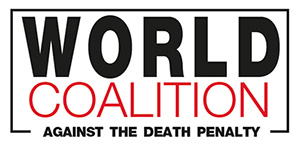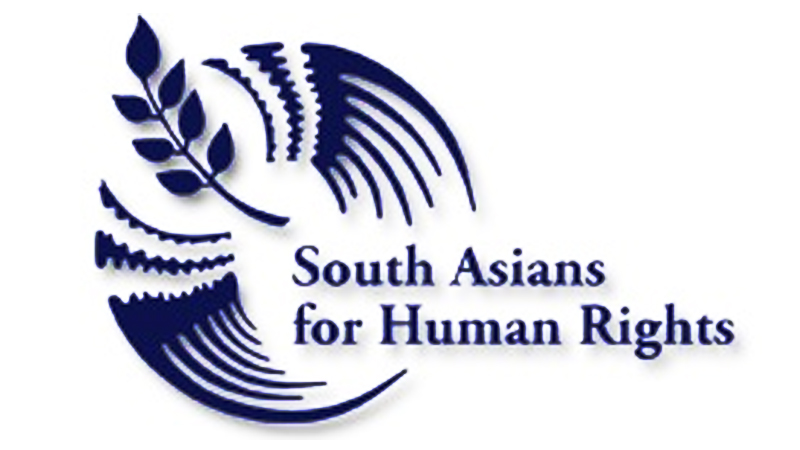Effective awareness raising and reporting processes way forward in curbing increase in child sexual abuse cases
Friday, 12th January 2018: The brutal rape and murder of a seven-year old girl in Kasur, consequent slack in the police’s investigation and ensuing violence against demonstrators seeking justice for the child is a deplorable situation for the state authorities to be in.
The Human Rights Commission of Pakistan (HRCP) said in a statement: “subsequent dismissal of the concerned police officials or suo motu action by an appellate court as a response to tragic cases like that of Zainab’s, are not permanent nor effective solutions in fighting the plague of child sexual abuse in the country, but are simply a way to allay the public’s emotions temporarily. Can the provincial government explain how or why demonstrators were fired at in Kasur the day Zainab’s case became public and in which two people were killed? Can the provincial government share what relief measures have been provided to the child victims of sexual abuse in Kasur in prior cases and what measures it has taken generally to curb this menace permanently? After the introduction of the 18th Amendment, it is the responsibility of provincial governments to devise child protection policies appropriate to their part of the country. Can the provincial governments provide details of their progress in this regard?”
Disturbing trends, such as that more than 11 children under the age of 18 are sexually abused daily and that most victims are murdered after assault, are indicating a widespread menace that requires prompt and strict as well as sustainable action by the relevant authorities. In 2016, 4139 incidents of child sexual abuse took place where 43 percent of survivors were known to the offenders, while 16 percent of the reported cases showed family members as the perpetrators.
HRCP’s fact finding report on the child pornography scandal in Kasur in 2015 revealed that several such cases were reported but only after being highlighted in the mainstream media. When parents of the victims were asked why they had not reported the abuse in a timely manner, they offered two reasons: (i) the social stigma attached to such incidents; and (ii) the atrocious behavior of the police with those who reported it in a timely manner.
The helpline launched by the Child Protection Bureau Punjab a few years ago was a commendable step. However, the utility and importance of the helpline was not disseminated in an effective way. The helpline needs to be made more accessible and children enrolled in schools and seminaries should be made aware of its scope.
Mass media should also realize that for such tragedies, besides responsible and vigorous reporting, adequate follow-up on reported cases is vital for accountability and as a long-term solution to such horrific incidents.
Our provincial governments must take steps to include these themes in school curricula to make pupils and their families aware of such sensitive issues and empower them to protect themselves. They should be made aware of contact persons or facilities they can immediately approach if facing such situations.
As a nation, we are responsible for protecting our children and should together play an effective role in addressing this menace.
Dr. Mehdi Hasan
Chairperson
Category: English






